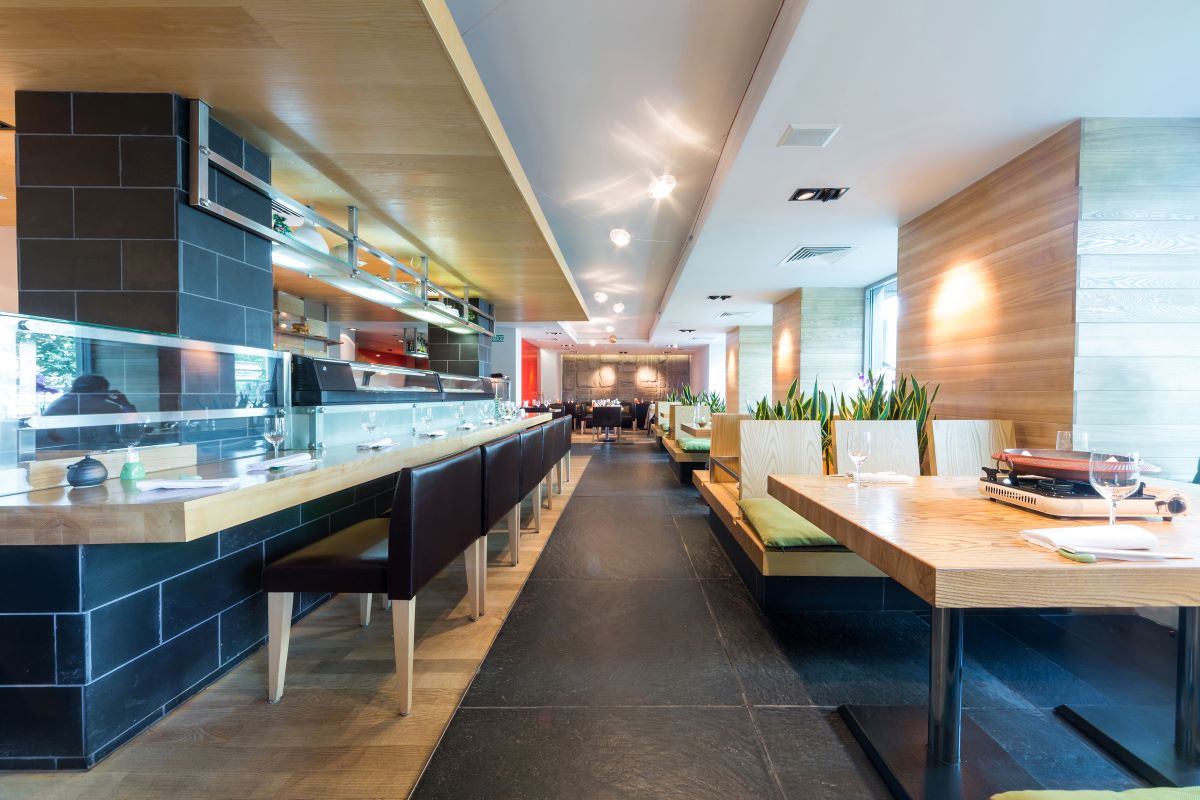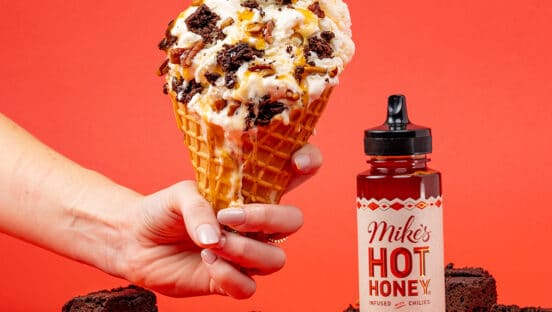Reducing energy usage can help quick-service restaurants generate massive monthly savings while also improving the guest experience and reducing a brand’s carbon footprint. However, making the changes necessary to generate these results has traditionally required costly upfront investments and equipment that must be constantly monitored to ensure it operates at peak efficiency. Yet as restaurant leaders face an economic downturn amid the COVID-19 pandemic, they are also operating with smaller crews, leaving many operators without the time or resources to truly manage energy efficiency at the store-level—until now.
Energy Efficiency as a Service, or EEaaS, can help brands make the necessary changes to drive these energy savings while providing the ongoing support restaurants need to monitor equipment performance over time to ensure optimized energy efficiency. And one EEaaS company in particular—Budderfly, which already works with brands like Just Salad, Little Caesars, Subway, Tropical Smoothie Cafe, and more—offers an attractive proposition for restaurants: Its services are free.
Though it may seem impossible for these kinds of upgrades to come without a hefty price tag, Al Subbloie, Budderfly’s CEO, says the company’s model ensures restaurants can quickly start reducing energy waste without paying a cent out of pocket.
And he adds that perhaps the really unique promise of the Budderfly team is that they will take 100 percent of the risk that all of the energy efficiency upgrades they undertake will actually work together, that all software operates as promised, and they contract to maintain everything and keep things up-to-date, no matter what happens for the term of their contract.
“We save people significant operating dollars, we help them save the world, by cutting carbon emissions, which we know their customers really like to hear, and we don’t charge our store owner clients for anything,” Subbloie says. “Perhaps the most important thing is that we take complete ownership for the results of everything we do, total peace of mind.”
Subbloie explains, “Because we protect our customers by producing our own custom energy bills, giving us complete control to lower the consumption of every quick-service restaurant we work with, each customer’s bill’s electrical usage numbers are always lower every month than before they met us, guaranteed.”
How does Budderfly do this? Rather than requiring restaurants to pay for upgrades themselves, Budderfly invests in upgrades for them, such as energy-efficient lighting, and passes a portion of the expected energy savings to the operator in advance. Then, Budderfly optimizes the store’s energy consumption and monitors equipment performance over time and reports data on overall energy consumption, as well as how much energy each piece of equipment uses, back to the operator via an online portal.
Take air conditioning, for example. Because cooking equipment generates massive amounts of heat in small spaces, cooling is one of the biggest energy expenses quick-service restaurants manage. Budderfly, however, upgrades HVAC units to allow motors and other components to run more efficiently and use less energy. Variable frequency drives are deployed for larger HVAC units and optimize the speed of the motor versus the demand for cooling and heating.
On smaller HVAC units, Smart Fan Technology™ is deployed to optimize residual cooling and heating within the HVAC unit. Then the company can program thermostats to optimally cool or heat different parts of the building when and where it will have the biggest impact on workers and diners, rather than cooling or heating all areas all the time. Not only does this keep the unit from wasting energy on cooling and heating little-used areas or times within the restaurant, but it also improves the guest and employee experience. Budderfly additionally monitors HVAC unit performance so that it can notify store owners of issues before a unit breaks, leading to future savings.
“Cooling is expensive. HVAC can be about 25 percent of a restaurant’s energy spend,” Subbloie says. “Most restaurant owners know nothing about HVAC—nor should they. By managing HVAC for them, we can generate major savings while taking something complicated off the owners’ plates.”
Similarly, Budderfly reduces energy waste by upgrading refrigeration units, including coolers and freezers, so that they only cool and defrost on an as-needed basis rather than on a timer as most units automatically do. Subbloie says this can generate a 15 to 20 percent reduction in energy usage with no change to operations.
Additionally, this lowers the peak-usage energy demand, further adding to cost savings. And, because Budderfly continuously monitors the equipment, restaurant operators can also receive alerts when refrigeration units are no longer cooling effectively so that equipment can be serviced before a freezer or refrigerator goes out entirely, saving restaurants money on energy, maintenance, and food waste.
“These are just a few examples of the many ways we can help restaurants reduce energy waste,” Subbloie says. “Depending on the age of a restaurant’s equipment and other factors, we could generate up to a 30 percent reduction in energy consumption and costs, which pays for the Customer’s savings, the equipment, the service and then some. And while Mother Earth isn’t going to be getting a cut of those monetary savings, we can greatly reduce a restaurant’s carbon footprint, all without the owner writing a single check.”
To learn more about how your restaurant can save on energy waste, click here to download “The Restaurant Owners’ Guide to Real Energy Efficiency” or visit budderfly.com for more information.
By Peggy Carouthers













